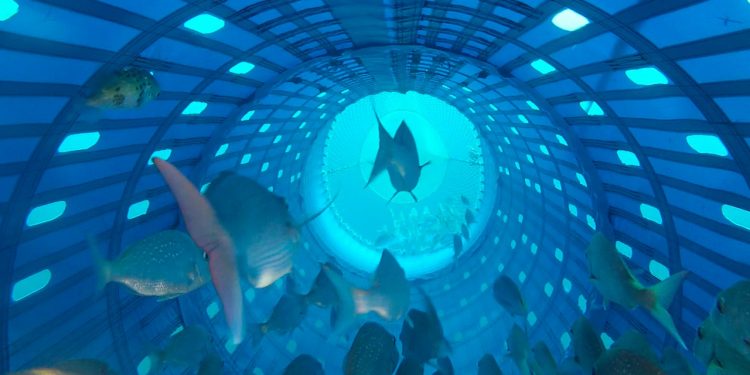Fisheries New Zealand has approved the use of the Precision Seafood Harvesting (PSH) Modular Harvest System (MHS) in North Island inshore fisheries for snapper, tarakihi, trevally, red gurnard, and John Dory with specific conditions.
The MHS has been developed as part of PSH, a programme between Aotearoa Fisheries (also known as Moana NZ), Sanford Limited, Sealord Group Limited and the Ministry for Primary Industries (MPI).
This is the second approval under commercial fishing regulations that came into force in October 2017, which were amended to enable innovation in trawl fishing net designs and trials. Approval to use the MHS in deepwater fisheries for hoki, hake, and ling was granted on 24th May 2018.
Stuart Anderson, director fisheries management at Fisheries New Zealand, says innovation in the fishing industry is important to deliver sustainability benefits and in the journey to shift to higher-value products.
‘In granting this approval Fisheries New Zealand is satisfied that this system performs at least as well as traditional mesh trawl nets while ensuring sustainability benefits,’ he said.
‘We have included a number of conditions to ensure adequate oversight and reporting of the MHS as part of its commercial use. Additional reporting will allow Fisheries New Zealand to monitor the performance of the MHS trawl net, to ensure no undue adverse effects arise.’
Steve Penno, MPI’s director investment programmes, says the approval marks an important milestone for the seven-year, $48 million programme as it comes to an end.
‘The PSH programme is a great example of the type of innovation possible through government and industry partnerships. It’s driven by a common goal of delivering a higher value product while improving sustainability,’ Steve Penno said.
‘PSH has involved significant work to trial and improve the performance of the MHS and the systems that support it, such as on-board handling, processing and the storage systems for the fish caught. Approval for using the MHS in both deepwater and inshore fisheries means the technology can start to deliver benefits at a larger scale. It provides a platform for continued innovation in fisheries technology to deliver even greater benefits,’ he explained.
‘A range of potential benefits have been demonstrated that include improving the quality and condition of the fish landed overall; achieving a greater proportion of higher grade fish products such as fresh fillets instead of frozen products; delivering vessel and processing efficiencies; reducing fish waste; extending the shelf life of fresh product; and improving health and safety through reduced crew fatigue.’
He stated that PSH is establishing a legacy of investment in innovation for the fishing industry.
‘The two approvals have set the foundation for further improving the MHS technology, and supporting systems, expanding the fisheries areas and fish species approved for its commercial use, and pursuing new areas of research,’ Steve Penno said.









